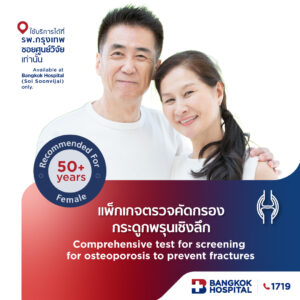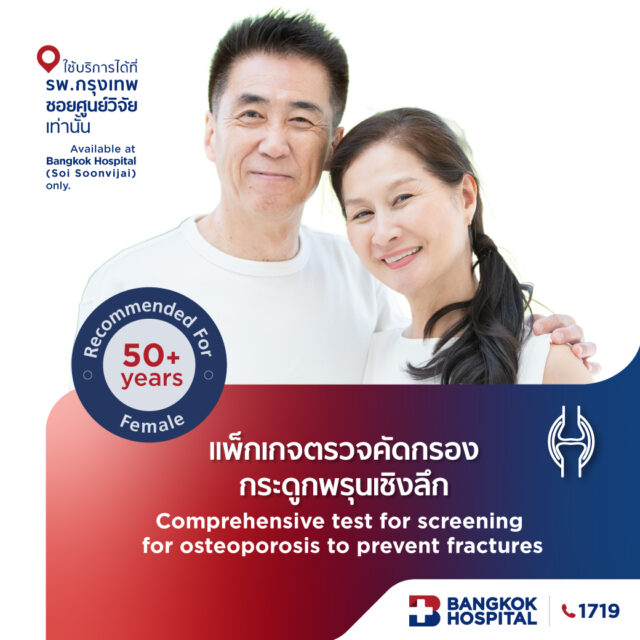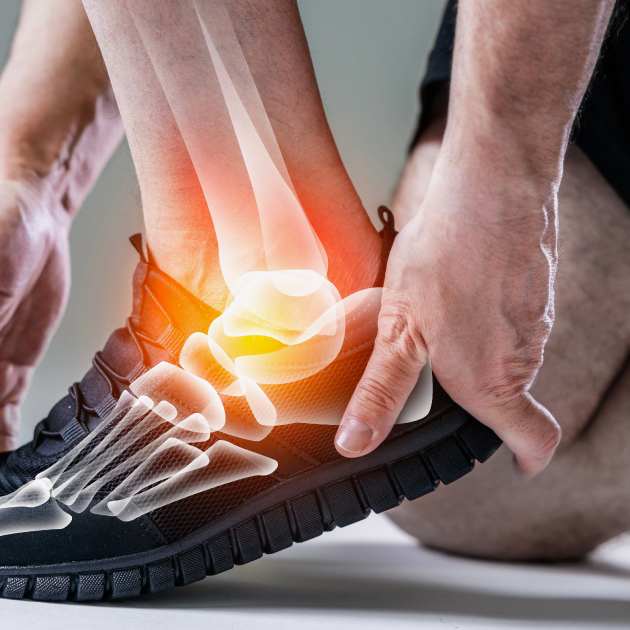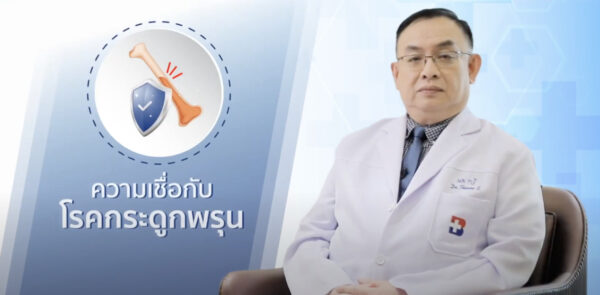Frozen Shoulder is a condition where the movement of the shoulder is limited, often starting gradually such as not being able to lift the shoulder fully or rotate it backwards fully. If untreated, the condition worsens until movement becomes greatly restricted or impossible.
Causes of Frozen Shoulder
The main cause of a frozen shoulder is the inflammation of the tissues surrounding the shoulder joint, known as the shoulder capsule. Normally, the shoulder capsule is quite flexible, expanding and contracting with shoulder movement. However, when a frozen shoulder occurs, the capsule becomes inflamed and contracts, losing its elasticity and resulting in restricted shoulder movement and consistent pain.
Injuries to the shoulder, prolonged movement of the shoulder, inflammation of the muscles and tendons around the shoulder can all lead to inflammation of the shoulder capsule. When this happens, the patient will eventually develop a frozen shoulder.
Diagnosis of Frozen Shoulder
Diagnosis relies on examining the movement of the shoulder joint, but most importantly, identifying the cause of the frozen shoulder, such as inflammation, tendon tears inside the shoulder joint, calcifications within the shoulder joint, etc. Another common cause making the condition worse and harder to treat is poorly controlled diabetes.
Treatment of Frozen Shoulder
The objectives of treatment are two-fold:
- To increase shoulder movement and reduce pain, especially pain during sleep, by performing physical therapy to reduce shoulder adhesion.
- To increase mobility, possibly in conjunction with the use of heat, cold, or Ultrasound, etc.
As for pain, which results from inflammation of the shoulder capsule, tendons in the shoulder, etc., it’s necessary to investigate the cause, which may require oral medication, injections into the joint, or arthroscopic surgery, depending on the cause of the disease.
Frozen Shoulder Surgery through Arthroscopy Can Heal
Adhesive capsulitis is a type of joint disease that can be extremely painful, starting with shoulder pain and swelling. When moving the arm during daily activities, the pain exacerbates, leading to reluctance in movement. Over time, if the shoulder is unused, it may become completely immobilized.
The most common cause found especially in middle-aged women, intermittently present in diabetes patients, resulting from injury risks such as accidents, and finally in the elderly due to tendon degeneration around the joint and calcification at the fishplate area scraping against the tendons during movement, causing inflammation.
The inflamed, painful shoulder, if not moved, will become immobilized, significantly impacting daily life, such as inability in using arms proficiently, particularly in movements like lifting arms above the head or reaching behind.
Traditional treatments such as joint stretching exist, which will naturally heal if due to the first cause, though not completely. Overstretching might lead to broken bones or further tendon tears around the joint. Pain relief medication, anti-inflammatory drugs, and physical therapy are common treatment methods. Cases resulting from accidents and degeneration, if not improving, might require open surgery to repair torn tendons around the joint and remove calcified bones, restoring joint mobility.
Shoulder Pain: A Potential Chronic Danger
When it comes to the shoulder, many wonder how dangers can occur in this area. Firstly, the shoulder, being a highly useful joint, facilitates a wide range of activities. Given its extensive mobility, it is heavily used in daily routines such as dressing, personal hygiene, work, and sports, making any abnormalities critically impeding.
Shoulder pain is an increasingly common issue, either occuring intermittently or as a chronic condition. The nature of shoulder pain can vary among diseases, potentially manifesting only at certain times or persisting continually. Many regard shoulder pain as temporary and self-resolving, however, it can sometimes indicate severe conditions requiring surgery, like nerve compression by cervical discs, metastatic cancer to the bones, or unstable shoulder conditions.
Besides, chronic shoulder pain, such as frozen shoulder, degenerative shoulder conditions, and calcific tendonitis of the shoulder, can arise from multiple causes, classifiable into two major groups: issues stemming from the shoulder joint itself or from nearby organs causing referred pain to the shoulder area, like ischemic heart conditions, tuberculosis of the lungs, or degeneration of the cervical vertebrae.
Work-related shoulder pain in adults often comes from inflammation and muscle tension in the shoulder area, upper back, and neck, featuring shallow pain that can extend to the neck, back, or upper arm, related to usage such as long periods of typing, carrying heavy bags for extended periods, stress, and lack of exercise. This condition usually fluctuates but isn’t life-threatening, hence the recommendation to evaluate the risk factors causing the pain, like carrying bags for too long, excessively high work desks, or prolonged muscle tension in the neck and shoulder area during work.
The essential remedy is to reduce or correct the causing factors. However, if the cause isn’t clear, stretching and exercising the muscles around the shoulder and upper back can alleviate pain and stiffness and reduce muscle inflammation.
Accident-induced shoulder pain often involves severe injuries, like shoulder dislocation, causing immediate pain after the accident, restricting shoulder movement, and deforming the shoulder’s appearance. Such conditions urgently require medical attention to avoid complications like misaligned joints, bone fractures in conjunction with dislocation, instability of the shoulder, or injuries to the tendons, blood vessels, or nerves around the shoulder.
Chronic shoulder pain is also prevalent among the elderly, who usually seek medical help late, after enduring symptoms for weeks or months, leading to chronic and potentially severe pain conditions.
Common conditions include frozen shoulder, inflammation of the subacromial tendons, both presenting similar shoulder pain symptoms, worsening at night, restricting movements, especially rotating or reaching behind, like fastening a bra or washing the back.
Interestingly, frozen shoulder can occur autonomously or from minor injuries like impacts, frequently seen in diabetic and thyroid patients, and lung abnormalities like tuberculosis or lung abscesses. Initially, the inflammation of the shoulder joint’s capsule causes shoulder pain without a precise tender point. Over time, symptoms worsen, restricting shoulder movement.
Movement limitations will occur in almost all directions, especially in rotational movements of the shoulder, making daily activities difficult like wearing t-shirts, washing with soap, or reaching high places. The condition can self-resolve, usually taking years, making it quite troublesome for patients during the symptomatic phase.
Beyond anti-inflammatory and pain relief medication, stretching and exercising the shoulder joint can speed up recovery, easily done at home with activities like wall climbing or using a stick for physical therapy. Early on, when pain is less and shoulder adhesion is minimal, using anti-inflammatory medication combined with shoulder exercises yields good results. However, if symptoms persist, reducing mobility significantly in all directions, longer treatment or alternative methods like anesthetic injection for joint stretching or arthroscopic surgery to cut and stretch the constricted shoulder capsule may be necessary.
Tendinitis of the Subacromial Space
Subacromial tendinitis is another common condition in the elderly, distinguishable from frozen shoulder, with differing disease progression and treatment. Although similar shoulder pain, especially at night, is present, the pain results from inflammation of the subacromial tendons and the bursa between the tendon and bone, leading to arm pain.
Pain often arises during activities requiring lifting the arm above the head, like grabbing a bag from a shelf, resting an arm on the forehead while sleeping, and may have limited movement in certain directions but not as significantly as in frozen shoulder. Various factors contribute to this condition, such as degeneration of shoulder tendons in the elderly, abnormal curvature of the anterior acromion, or bone spurs at the front of the acromion, including shoulder dislocations.
Managing shoulder pain involves initially observing symptoms and posture for abnormalities and potential causes, facilitating easier diagnosis and early-stage treatment by the doctor.










